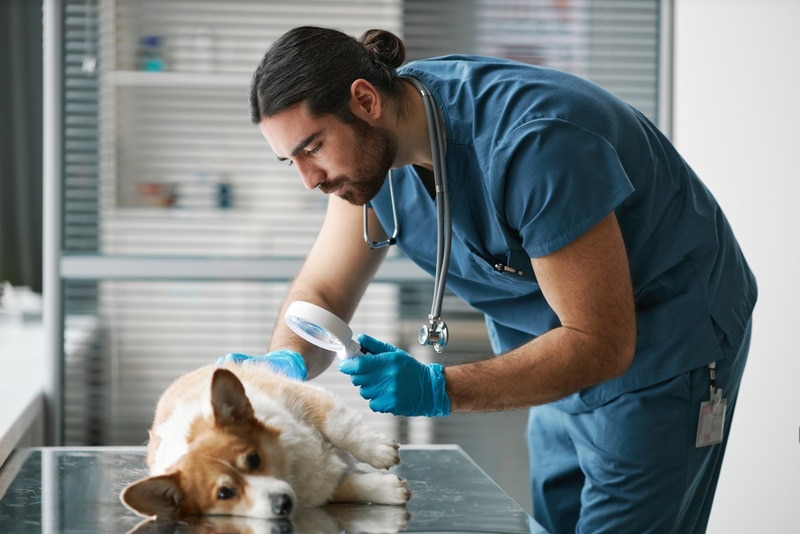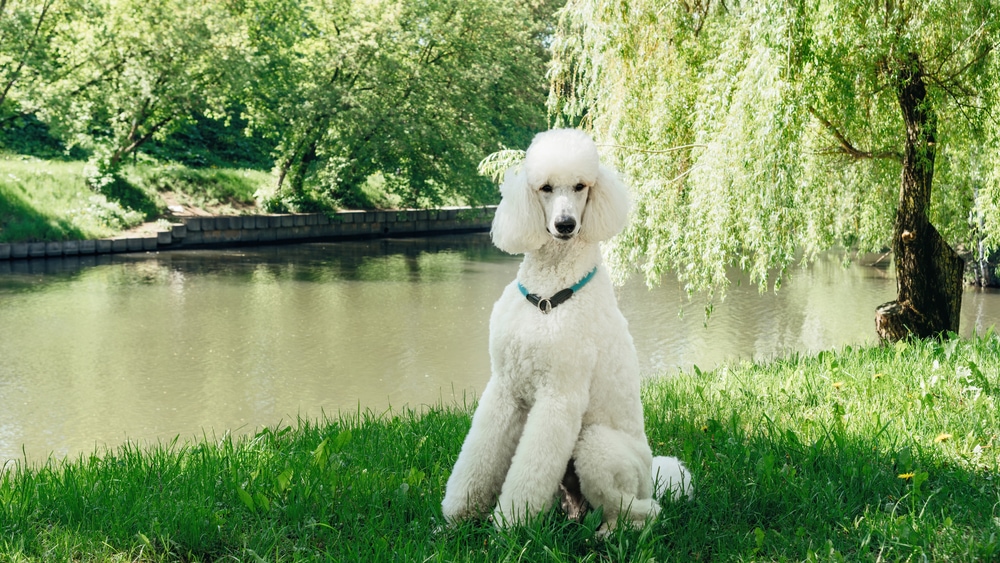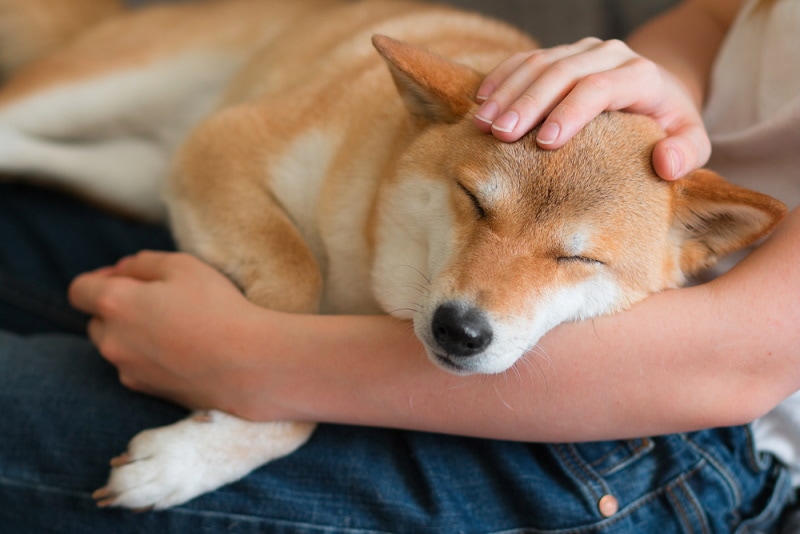Guard vs Protection Dogs: 12 Key Differences, Pros & Cons

Updated on
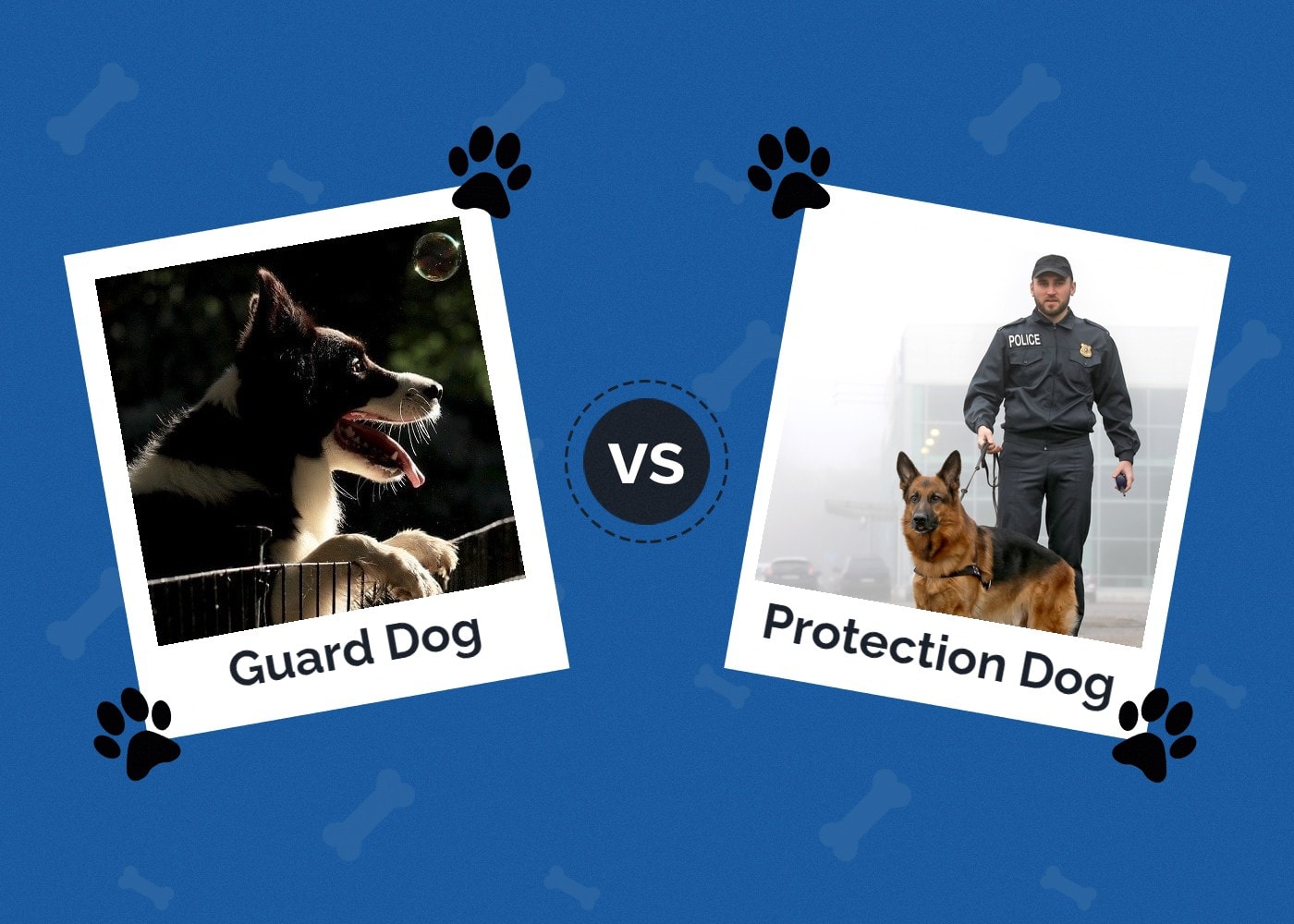
Click to Skip Ahead
If you’re looking for a dog to help protect your family and defend your home, you’ll find dogs with several different skill sets and types of training. What those styles of training boil down to are guard dogs and protection dogs. Deciding whether you want a guard dog or a protection dog is a big decision. Both have their pros and cons, and the right fit for you will depend on your individual needs and circumstances. To help you make an informed decision, we’ve put together a list of 12 key differences between guard dogs and protection dogs.
The 12 Differences Between Guard Dogs & Protection Dogs
1. Job Focus
A guard dog’s job is to deter potential threats; a protection dog’s job is to defend against actual threats. Guard dogs are typically bred and trained to be territorial and aggressive towards anyone who might pose a threat, whether that person is an intruder or just someone the dog doesn’t know. Protection dogs, on the other hand, are typically bred and trained to be more friendly and approachable so that they can better assess and neutralize any threats.
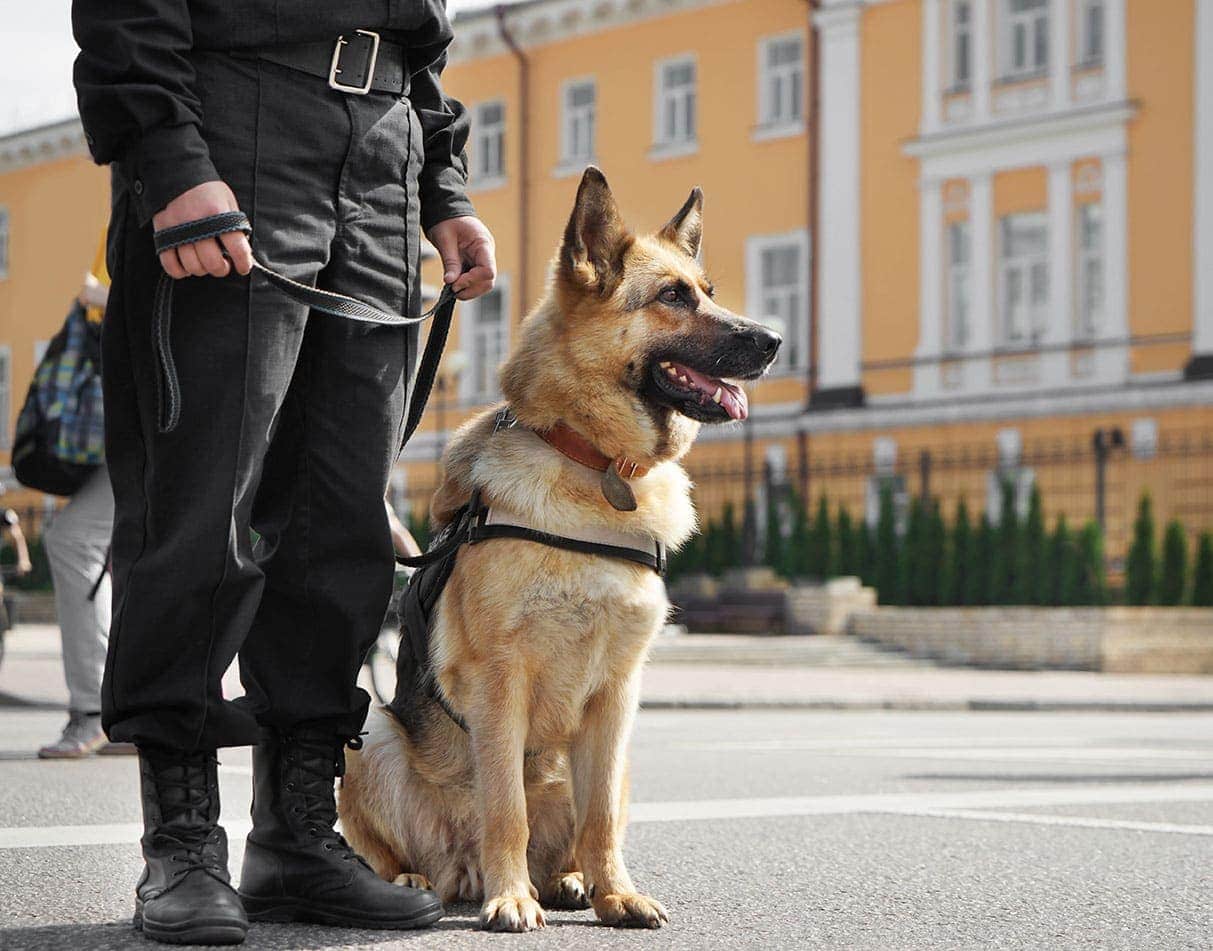
2. Training and Training Costs
Guard dogs are typically trained to obey commands from their owner to attack or intimidate anyone who poses a threat.
Protection dogs are typically trained in multiple disciplines, such as:
- Tracking
- Personal protection
- Schutzhund (protection skill competitions)
- Search and rescue
This makes them more versatile and able to adapt to a wider range of situations. However, this also means that protection dogs often cost more to train and maintain due to the higher level of skill and training required.
Guard dogs can be expensive to purchase and maintain, as they require special obedience training and regular veterinary care. Protection dogs may also be costly, depending on the breed you choose. However, they are typically less expensive in general than guard dogs due to their lower maintenance needs.
3. Size and Breed
Guard dogs are typically larger in size than protection dogs. This is because they need to be intimidating enough to scare off potential threats, while protection dogs don’t necessarily need to be as large or intimidating.
Popular breeds for guard dogs include the:
- Belgian Malinois
- Giant Schnauzer
- Dutch Shepherd
- Cane Corso
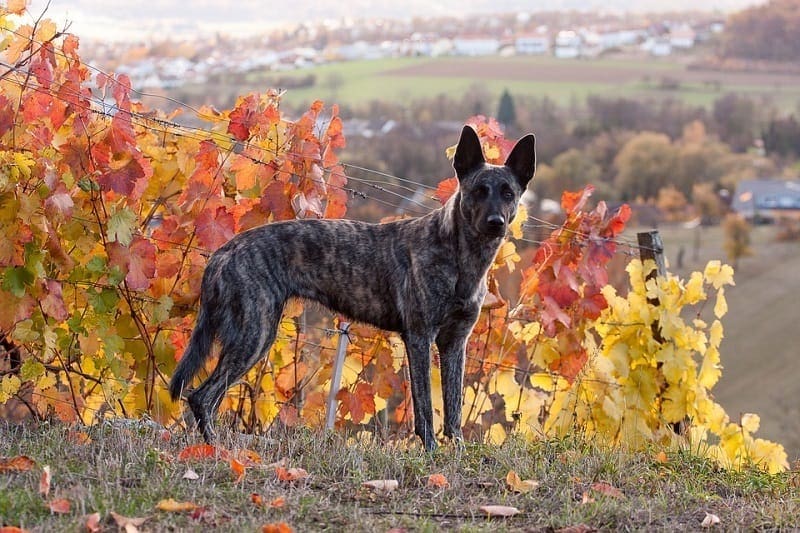
4. Health Requirements
Protection dogs must have more veterinary exams and vaccinations, while guard dogs simply need regular check-ups. Protection dogs need to be well taken care of to ensure they remain in top physical condition and are able to perform their duties.
Guard dogs usually don’t require as much veterinary care since they do not have to engage in physical confrontations like protection dogs do. However, it is still important that they receive regular vet check-ups and vaccinations.
Both types of dogs are also more likely to get hurt or injured on the job.
5. Aggressiveness
Guard dogs are bred and trained to be more aggressive than protection dogs. This aggressiveness can make them more difficult to handle and potentially dangerous if not properly trained and supervised. If a protection dog causes injury or damage to someone, you may be held liable and could face legal action.
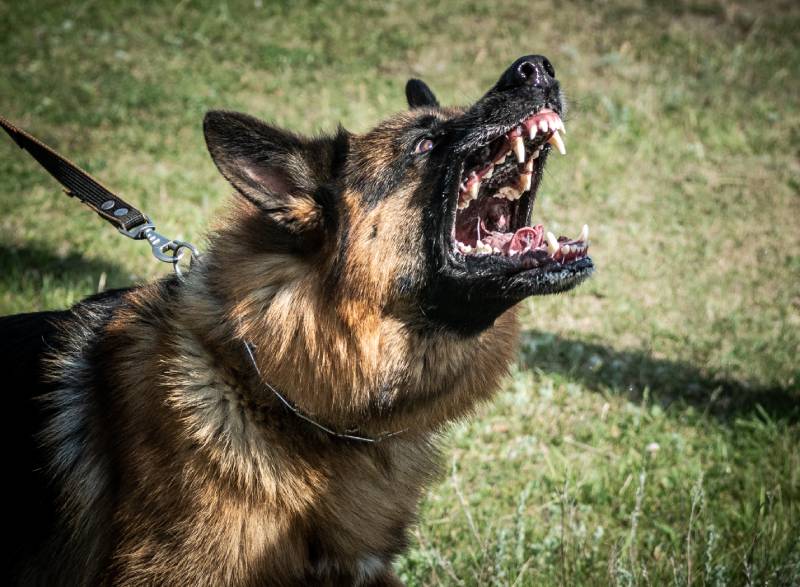
6. Socialization
Guard dogs are typically trained to be aggressive toward strangers or people they don’t know. As a result, they don’t do well in social situations and are best kept away from other dogs or unfamiliar people.
Protection dogs, on the other hand, are typically trained to be friendly and obedient in all kinds of social environments. They need to be able to assess potential threats without being overly aggressive toward strangers.
Guard dogs can be left alone on your property, but protection dogs must always have someone with them as they are not trustworthy around strangers. They can become bored or restless with nobody or nothing to protect.
7. Intruder Response (Barking or Alerting)
Guard dogs are known for their loud, persistent barking, which is meant to scare away potential threats. Guard dogs will bark at anyone who comes near your property, even if they pose no threat. Protection dogs may also bark when necessary, but they’re not specifically bred or trained to do so like guard dogs are. Protection dogs will only attack if they perceive a threat to you or your family.
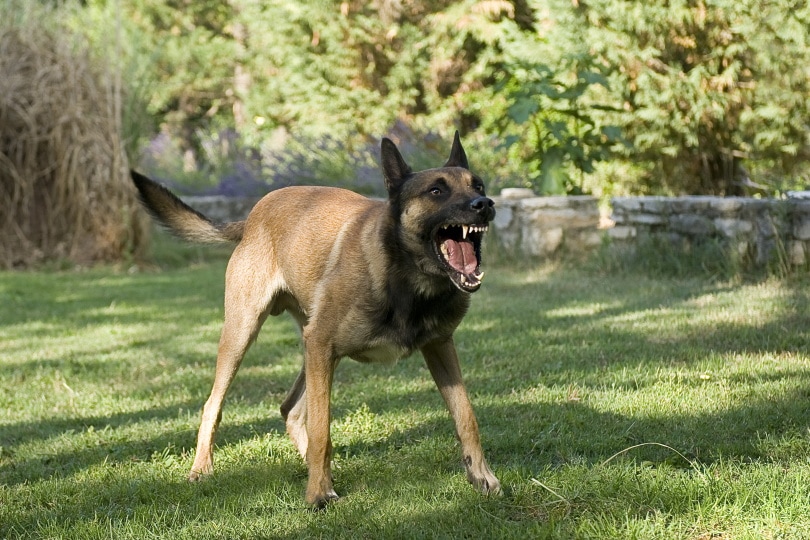
8. Territoriality
Guard dogs are bred and trained to be territorial around their home and family. They will often become agitated and bark aggressively if someone approaches their home or tries to enter it without permission. Protection dogs aren’t necessarily bred or trained with the same level of territoriality, but they will still likely be protective of their family and home.
9. Ability to Fight Off Attacks
Guard dogs are specifically bred and trained for fighting off attacks by potential intruders or attackers. They have a very strong bite force that can cause serious injury or even death. Protection dogs may also be able to fight off attacks, but they’re not specifically bred or trained for that purpose like guard dogs are.
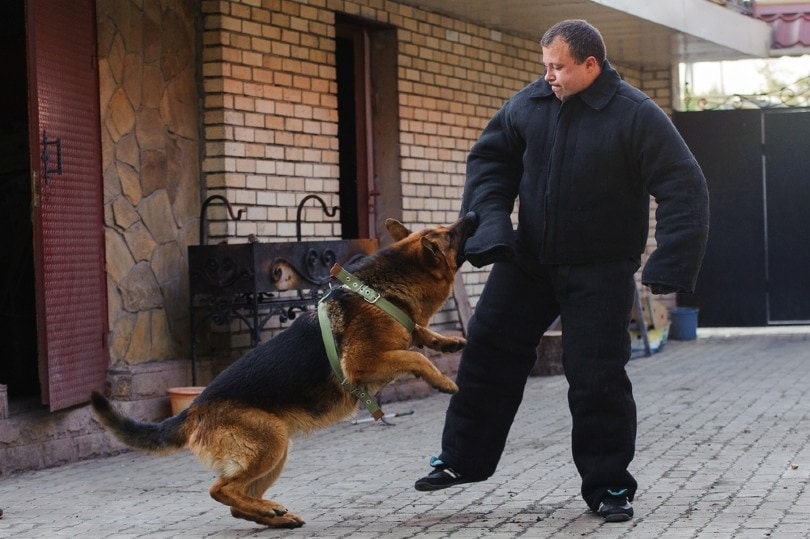
10. Ease of Handling
Guard dogs can be difficult to handle if they’re not properly obedience-trained because of their aggressive nature. Protection dogs are typically easier to handle because they’re not as aggressive and are better at following commands.
11. Temperament
Guard dogs are usually bred for strength, size, vigor, and aggression. They may be good with their families but can be very hostile and intimidating towards strangers. Protection dogs are typically bred for intelligence, obedience, and alertness. They are usually friendly towards their families but may still be wary of strangers or threats.

12. Credentials
Protection dogs must be certified by a reputable organization before they can be used for home defense. Guard dogs typically do not require certification.
Guard dogs don’t need to maintain their certifications and credentials. In addition, protection dog gear is typically more expensive than guard dog gear since it needs to be stronger and more durable to withstand a physical confrontation.
What Else Do I Need to Know?
- Not all states allow people to own protection dogs, but almost all states allow people to own guard dogs.
- Some guard dog breeds have a reputation for being aggressive, which can make your insurance rates go up and make it difficult to find housing that allows pets. Breeds often used as protection dogs, on the other hand, have a reputation for being loyal and obedient.
- If not properly trained and socialized, both guard dogs and protection dogs can become aggressive and dangerous.
- Because they are not as well-trained as protection dogs, guard dogs are more likely to bite innocent bystanders or run away when confronted with a real threat.
- Protection dogs often live with their owners since they need to be close by in case of an emergency, while guard dogs can live in a kennel or garage on the property.
- A protection dog’s lifespan is usually shorter than a guard dog’s lifespan since they’re more likely to encounter danger during their lifetime.
- Guard dogs can be used for both personal and commercial purposes, but protection dogs are usually only used by law enforcement or security professionals due to the intensity of their training.
- Working dogs are not always suitable as family pets due to their intense training and job focus, so it’s important to consider this when deciding if a guard dog or protection dog is right for you.
Which One Is Right for Me?
Both guard dogs and protection dogs have their own unique set of strengths and weaknesses that make them well-suited for different situations. Before deciding which one is right for you, it’s important to consider your needs and lifestyle.
Guard dogs are better at alerting their owners to potential threats and deterring intruders than protection dogs, while protection dogs are better suited for physically confronting an intruder.
The best way to decide if a guard dog or protection dog is right for you is to consult with a professional trainer who can assess your needs and recommend the appropriate type of dog for your situation. With the right training and care, both guard dogs and protection dogs can be loyal and loving pets.
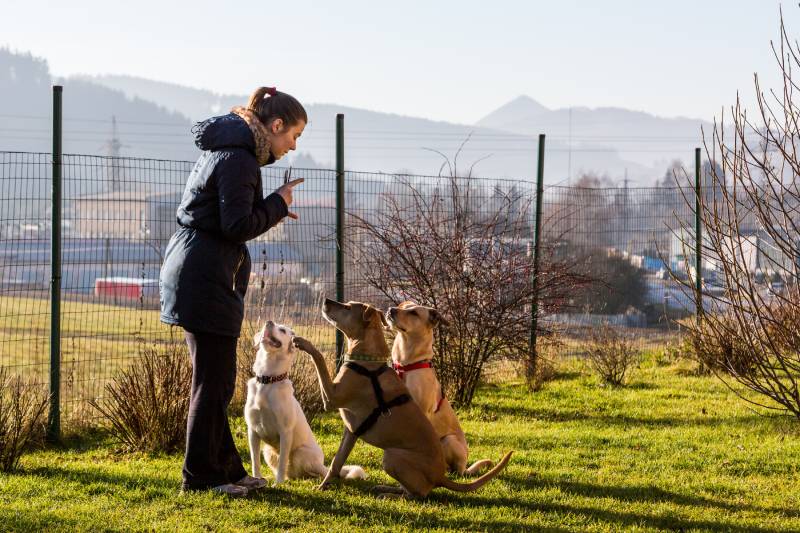
 Pros & Cons of Each
Pros & Cons of Each
Here’s a short breakdown of the pros and cons of each type of dog.
Guard Dogs
- Less expensive to train than protection dogs.
- Not required to have certification or official credentials.
- Can be any size or breed.
- May bark at innocent intruders, creating a nuisance.
- Aggressive breeds can make insurance more expensive and complicate finding pet-friendly housing.
- Not as well trained as protection dogs, so they may not be as effective in a real threat situation.
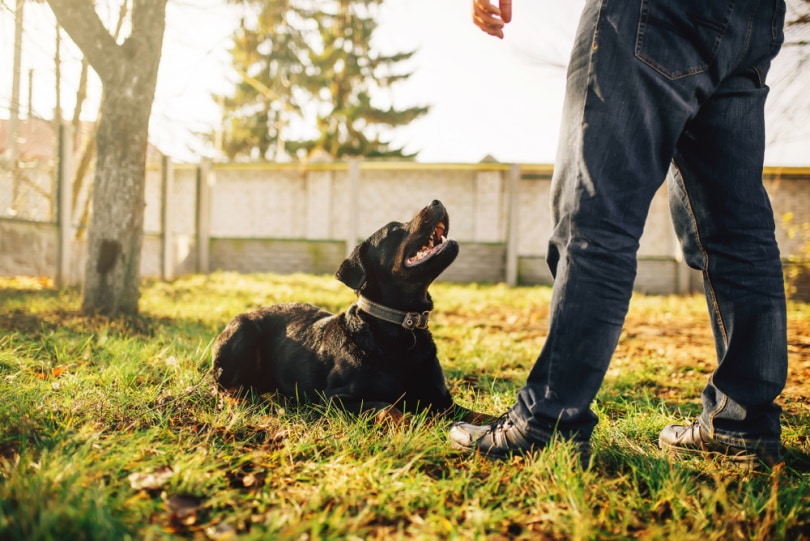
Protection Dogs
- Physically defend against actual threats.
- Highly trained and trustworthy around those they are familiar with.
- Certified by reputable organizations to ensure safety and effectiveness.
- More expensive to purchase and train than guard dogs.
- Must always have someone with them and can’t be left alone.
- Owners may face legal action if the dog causes injury or damage to another person.
 Examples of Each Dog’s Role or Job
Examples of Each Dog’s Role or Job
Guard dogs and protection dogs can perform a variety of jobs. Here are a few examples:
- Protecting a home, business, or other property from intruders
- Serving as a deterrent to potential thieves or vandals
- Assisting law enforcement officers in apprehending criminals
- Working in security settings such as banks and airports
- Training for personal protection and home defense
- Assisting those with disabilities
- Working as search-and-rescue dogs
The Bottom Line
There are many things to consider before deciding whether a guard dog or protection dog is right for you. The primary difference between the two is their training—guard dogs are trained to bark at intruders and deter them from entering your home or property while protection dogs are trained to physically defend you in the event of an attack—but there are many other factors to take into account as well such as size, breed, temperament, expense, housing considerations, insurance rates, and more. Ultimately, the best way to decide if a guard dog or protection dog is right for you is to consult with a professional trainer who can assess your needs and recommend the appropriate type of dog for your situation.
Featured Image Credit: (L) alihasadd25, Pixabay | (R) Pixel-Shot, Shutterstock

 Pros & Cons of Each
Pros & Cons of Each